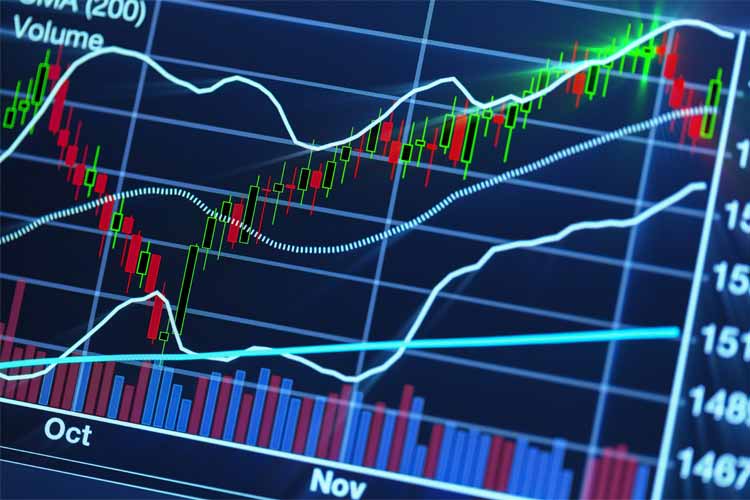
The iShares MSCI Emerging Markets ETF has historically been strong in July
The
iShares MSCI Emerging Markets ETF (EEM) has added nearly 19% in 2017, with this impressive technical performance underscored by the exchange-traded fund's (ETF) rising 80-day moving average. The shares are trading up 1% today at $41.63, not far from their June 9 two-year peak of $42.04. And while 41% of respondents in a recent Bank of America-Merrill Lynch survey said emerging markets are"undervalued" and EEM shares are pacing for a 1% June gain and have averaged a 2.1% July gain since the fund's inception, put buying has been picking up the pace in the options pits.
At the International Securities Exchange (ISE), Chicago Board Options Exchange (CBOE), and NASDAQ OMX PHLX (PHLX), for instance, EEM options traders have bought to open 171,247 puts versus 49,966 calls over the last 10 days. What's more, 4.7 million EEM puts are currently open, compared to 1.8 million calls.
While some of this activity is likely a result of an
options hedge given the ETFs strong showing on the charts, the put-skewed backdrop is continuing today. At last check, 219,241 puts exchanged so far, two times what's typically seen at this point in the session. By comparison, 167,000 calls have changed hands, although this is still two times the expected intraday amount.
While a number of large spreads are on the tape,
Trade-Alert highlights two 15,700-contract blocks of July 38 and 40 puts that simultaneously changed hands shortly after the opening bell. It looks as if a
long put spread was initiated for an initial net debit of $0.21 per spread, or $329,700 (premium paid * number of contracts * 100 shares per contract).
The EEM options trader will begin to profit on a move south of breakeven at $39.79 (bought 40 strike less net debit). However, by also selling the lower-strike put versus playing a long put outright, the options trader has also capped their potential profit at $1.79 per spread (difference between the two strikes less the net debit), no matter how far below $38 the ETF may fall by expiration at the close on Friday, July 16. Risk, meanwhile, is limited to the initial premium paid.